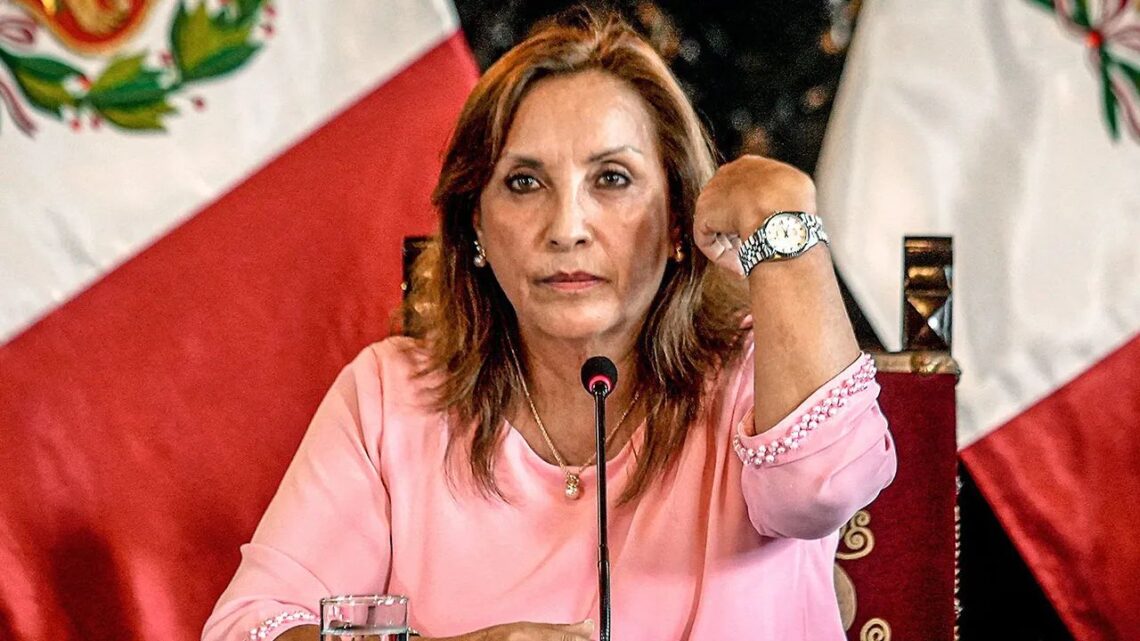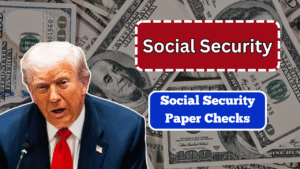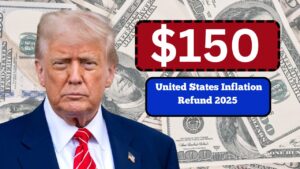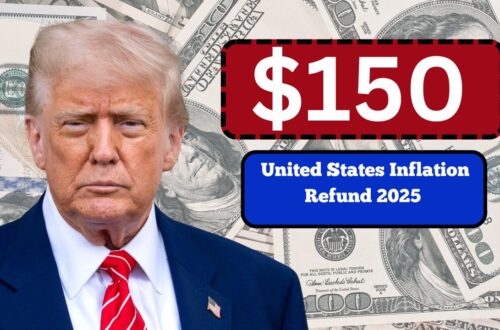Peru is in the throes of a political and security crisis. The removal of President Dina Boluarte has ushered in a new administration under José Jerí, who faces the dual challenge of restoring political stability and combating a surge of violence across the country.
This change marks Peru’s seventh president in less than ten years, highlighting the depth of institutional fragility.
The new government is setting a tough agenda centered on law enforcement, crime reduction, and preparing for April 2026 elections.
What Led to Boluarte’s Removal?
Growing discontent over skyrocketing homicide rates, rampant extortion, and general public fear created a perilous political climate.
Boluarte’s administration suffered from plummeting approval ratings, beset by scandals and accusations of ineptitude.
In a decisive move, Congress voted to remove her on grounds of “permanent moral incapacity”, a constitutional mechanism that has provisionally allowed legislative intervention in executive authority.
Enter José Jerí- A New Hope?
At age 38, José Jerí ascended from his role as President of Congress to Perú’s presidency.
He has pledged to pivot governance toward a security-first strategy, making law enforcement the bedrock of his legitimacy.
Jerí’s rise underscores the urgency felt across Peru: the citizenry is demanding change — and fast.
The New Cabinet and Its Mandate
Jerí’s administration has centered its leadership team around tough security and institutional restoration:
| Position | Appointee | Role & Focus |
|---|---|---|
| Prime Minister | Ernesto Álvarez | Coordinate government strategy and serve as a bridge between executive and legislature |
| Minister of Economy | Denisse Miralles | Tackle economic volatility and stabilize investor confidence |
| Minister of Foreign Affairs | Hugo de Zela | Reset Peru’s diplomatic posture and reassure global partners |
| Minister of Interior | Vicente Tiburcio | Lead the charge against crime, gangs, and extortion |
This lineup underscores the administration’s emphasis: internal order and governance overhaul before political theatrics.
The Crime Wave: Alarming Numbers
Peru’s security landscape is dire. In the period from January through August 2025, over 6,000 homicides were reported.
Extortion cases have climbed sharply, especially in urban centers and rural corridors plagued by gang control.
These figures have become central to why Boluarte’s removal was politically viable—and why Jerí’s presidency is being judged by a simple metric: Does security visibly improve?
Political Volatility- A System in Crisis
The rapid turnover in presidential leadership—seven heads of state in roughly a decade—is more than a statistic.
It reflects deeper structural issues: weak political parties, power struggles between executive and legislative branches, and recurring institutional gridlocks.
Each presidency faces short leashes, especially in moments of crisis, which amplifies instability
International Reactions: Cautious Signals
Globally, most reactions were framed around respecting Peru’s sovereignty.
One significant voice described the transition as an “internal affair”, while extending good wishes to the new president.
The implicit message: external actors will monitor but refrain from interference—unless invited.
What Comes Next? The Stakes Are High
As protests simmer and disillusionment looms, Jerí’s government knows time is short. The main challenges ahead:
- Crime Reduction Metrics: Falling homicide and extortion rates must translate to political capital.
- Judicial Action: Prosecuting gang leaders and corrupt officials will test institutional resolve.
- Economic Stability: Restoring confidence in markets and halting capital flight under Economy Minister Miralles.
- Election Management: Steering the country smoothly toward April 2026 elections without Letting the security crisis derail the process.
Success in these domains may cement Jerí’s legacy. Failure could reignite public anger and reopen the door to further upheaval.
El Boletín’s latest chapter is a crucible for Peru’s democracy. The ouster of Dina Boluarte, the swift elevation of José Jerí, and the adoption of a hardline security agenda all reflect a nation demanding urgent change.
But rhetoric is not enough. The public will judge this government by tangible improvements in safety, justice, and stability.
As 2026 draws near, Peru is at a crossroads—will it break free from political chaos or be pulled into deeper uncertainty?









